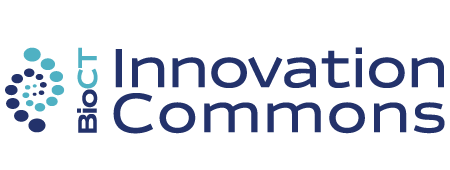The Innovation Places Field Has Narrowed, Yet Opportunities and Optimism Are Abundant
When the CTNext board of directors announced their choices for Innovation Places finalists late last month, the decision generated excitement and a sense of accomplishment for seven communities across the state. These applicants will now have the opportunity to showcase their vision and ideas in more depth and vie for implementation funds and the designation as a Connecticut Innovation Place.
Of course, the board’s decision also resulted in understandable disappointment for those who were not selected to advance, as the project leaders in these communities invested time, effort and creative energy in developing their applications. Despite the outcome, these communities must understand that their efforts were not in vain.

Yes, the winner – or winners – of the Innovation Places competition will be awarded grant money to begin executing on their vision. And that is the “big prize,” if you will. But in reality, the Innovation Places concept was never about winning or losing – it was about the process and the introduction of a new way of thinking about community economic development.
Too often, when our community leaders undertake economic development, they tend to do so in silos and only with consideration for their part of the world, so to speak. The Innovation Places process forced different stakeholders in the community to come together and plan development in a more integrated and holistic way. By simply engaging in the application process, leaders from across multiple disciplines, who may not have had a reason or motivation to collaborate in the past, joined forces to improve the overall economic vitality of their communities.
It’s crucially important that the spirit of cooperation, integration and engagement is not lost. There are strong ideas embedded within all the applications. Community leaders should consider how even portions of their vision might potentially be implemented through other state programs or public-private partnerships. The opportunity exists to take the momentum forward. Now is not the time to walk away.
And for the seven finalist communities, the onus is now on them to demonstrate that they have the required leadership, resources and ability to move from the ideation stage and implement their respective plans in a way that will be meaningful and measurable for each community.
The conclusion of the Innovation Places planning process for this year is near. But the real work begins now to continue to make Connecticut a global center of innovation.

